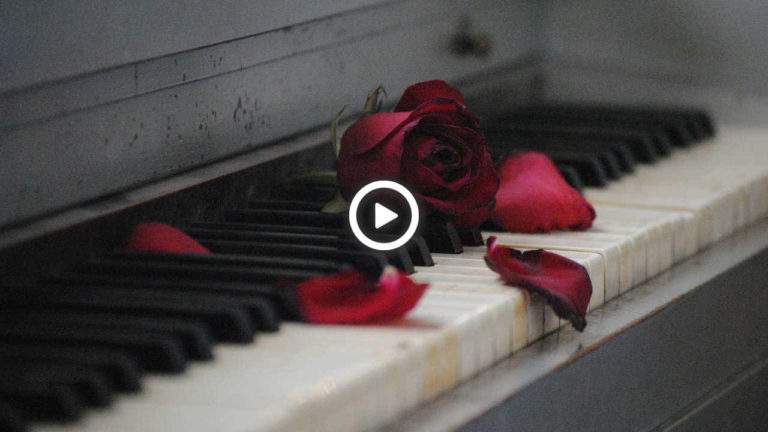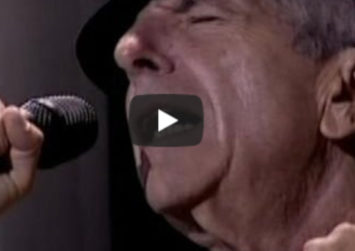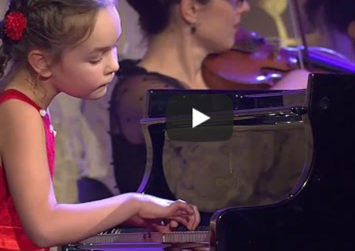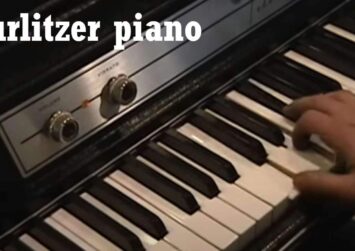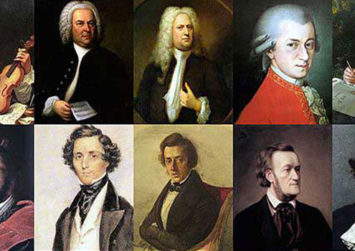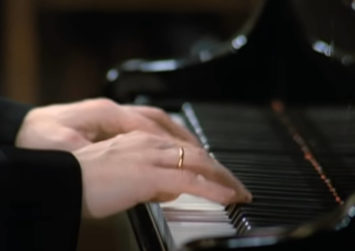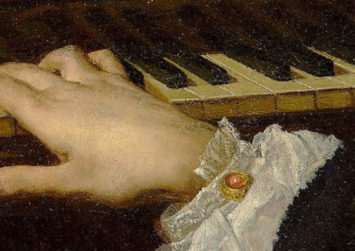Toccata and Fugue in D Minor by Bach: The Best Organ Music of all Time
Updated:
Johann Sebastian Bach’s Toccata and Fugue in D Minor is one of the most famous and recognizable organ pieces in the world. It was likely composed in the early 1700s, although the exact date is unknown. The piece is divided into two main sections: the toccata and the fugue.
The toccata is a virtuosic and improvisatory section, characterized by fast runs and arpeggios that showcase the performer’s technical skill. It begins with a dramatic and ominous D minor chord, followed by a series of cascading arpeggios that build in intensity. The toccata then shifts to a more lyrical section, with a beautiful melody played in the right hand over a flowing accompaniment in the left hand. This section gradually builds in intensity until it reaches a thunderous climax.
The fugue is a more structured and complex section, based on a single theme that is introduced in the opening bars. The theme is then developed and elaborated upon as it is passed between the different voices of the organ. The fugue is characterized by its contrapuntal texture, with multiple voices weaving in and out of each other in a complex and intricate interplay. The piece builds to a thrilling conclusion, with the theme being played at breakneck speed in a series of virtuosic runs and trills.
Why is Toccata and Fugue in D minor so popular?
The great popularity of this famous piece of music by Bach is associated with its dramatic and intense style, which captures the listener’s attention and creates a sense of excitement and surprise. The piece is also notable for its use of the organ, which adds to its grandeur and power. In addition, the Toccata and Fugue in D minor has been featured in many films, television shows and other media, which has helped to increase its popularity and recognition.
Why is Toccata and Fugue associated with horror?
Although it wasn’t originally intended to be associated with horror, it has become a popular choice for horror films, television shows and other media.
One of the reasons why the Toccata and Fugue has become one of the favorite pieces of music for horror movies is its dark and menacing tone. The piece is played on an organ, which produces deep, resonant sounds that can create a sinister atmosphere. In addition, the repetitive nature of the music, with its recurring motifs and patterns, can be unsettling for some listeners.
Another reason why Toccata and Fugue has become associated with horror is its use in popular culture. The piece has been used in many horror movies, such as “Dr. Jekyll and Mr. Hyde” and “The Phantom of the Opera”, as well as in TV shows like “The Simpsons” and “The X-Files”. This association with horror has helped to cement Toccata and Fugue’s reputation as a spooky and unsettling piece of music.
Bach’s Toccata and Fugue in D minor is a masterful example of Baroque organ music. Its virtuosic and improvisatory toccata section is balanced by the more structured and complex fugue, creating a piece that is at once exciting, mysterious and surprising. Its enduring popularity is a testament to Bach’s genius as a composer and the power of his music to captivate audiences over the centuries.
